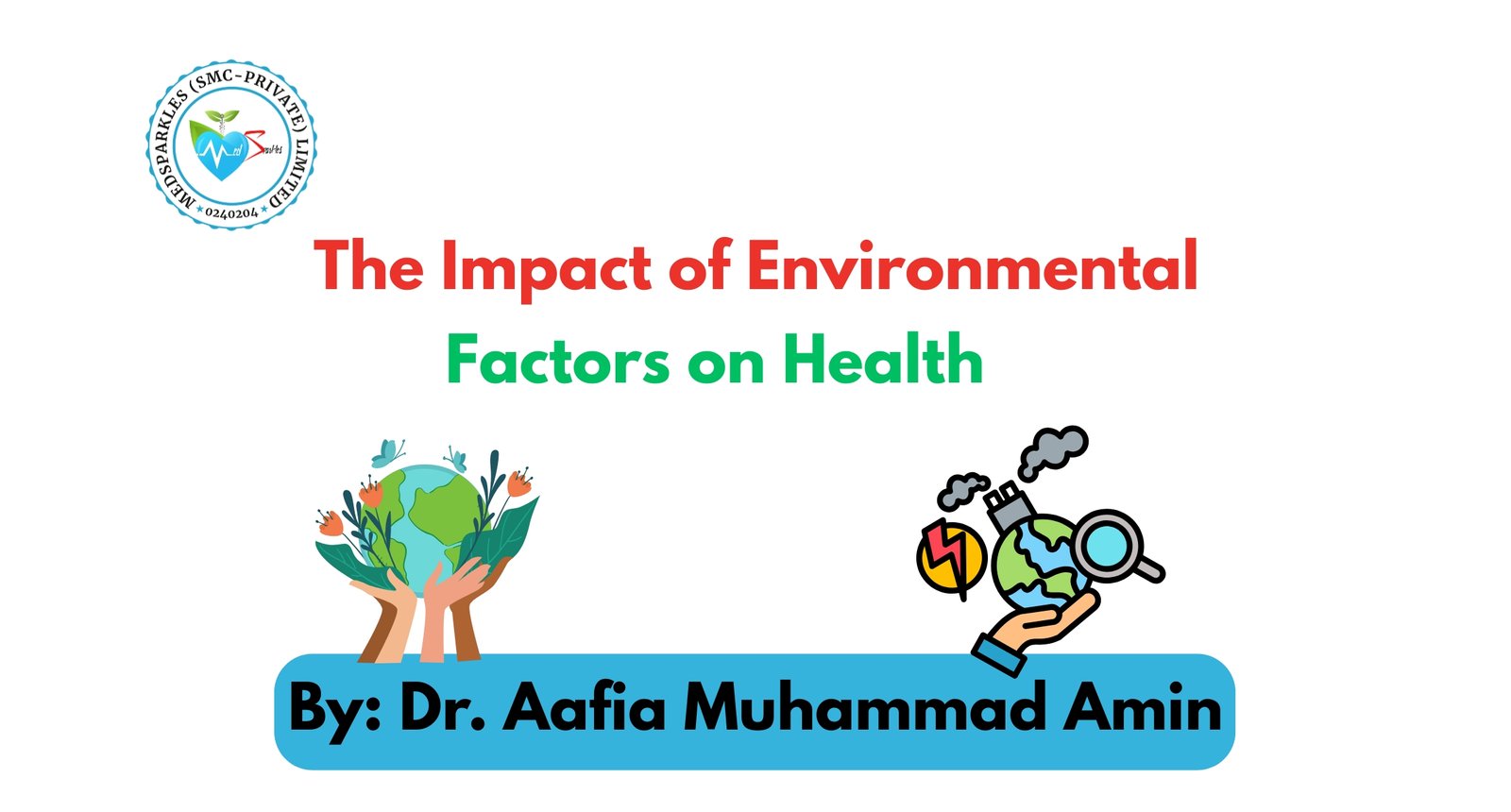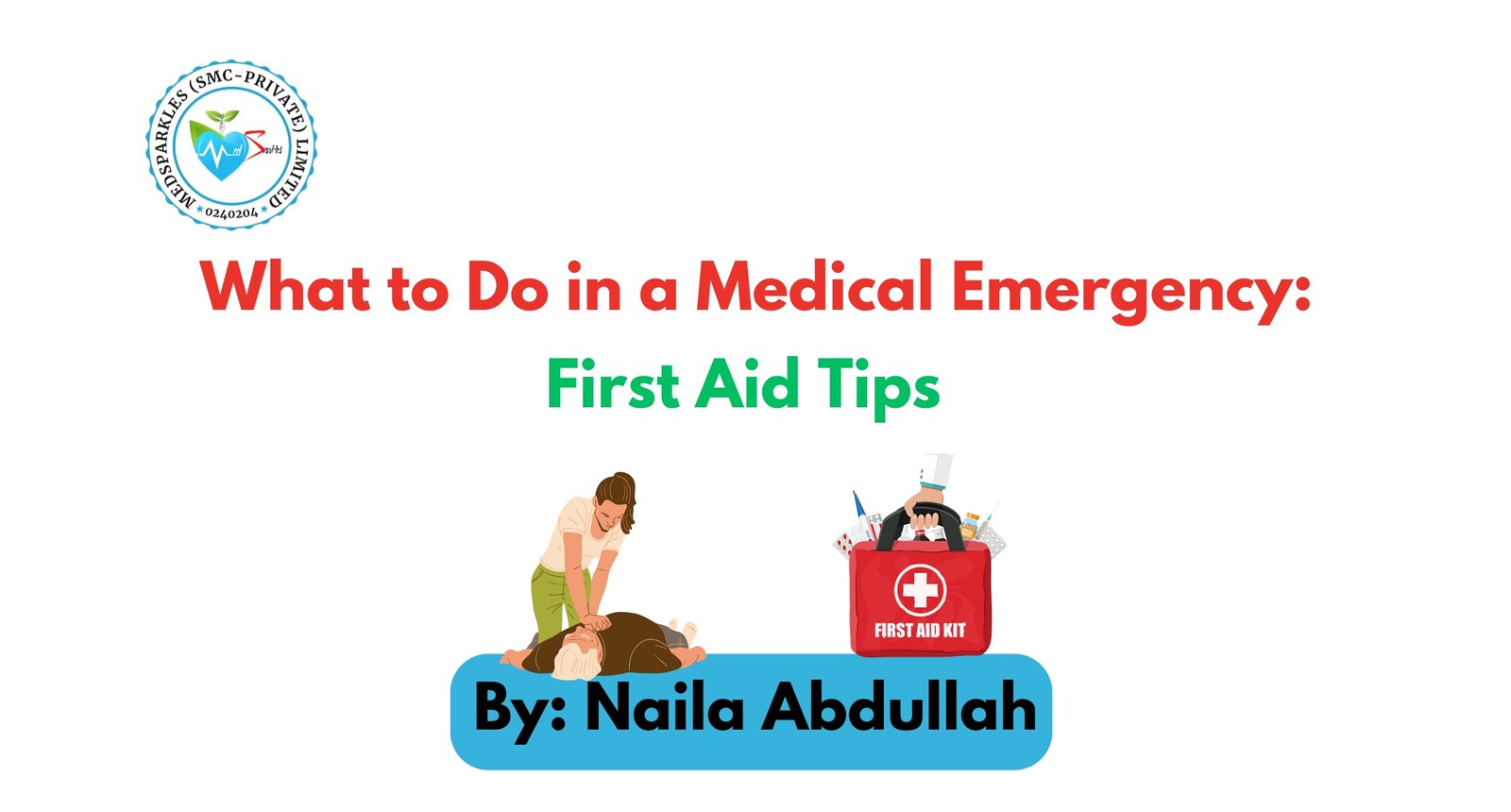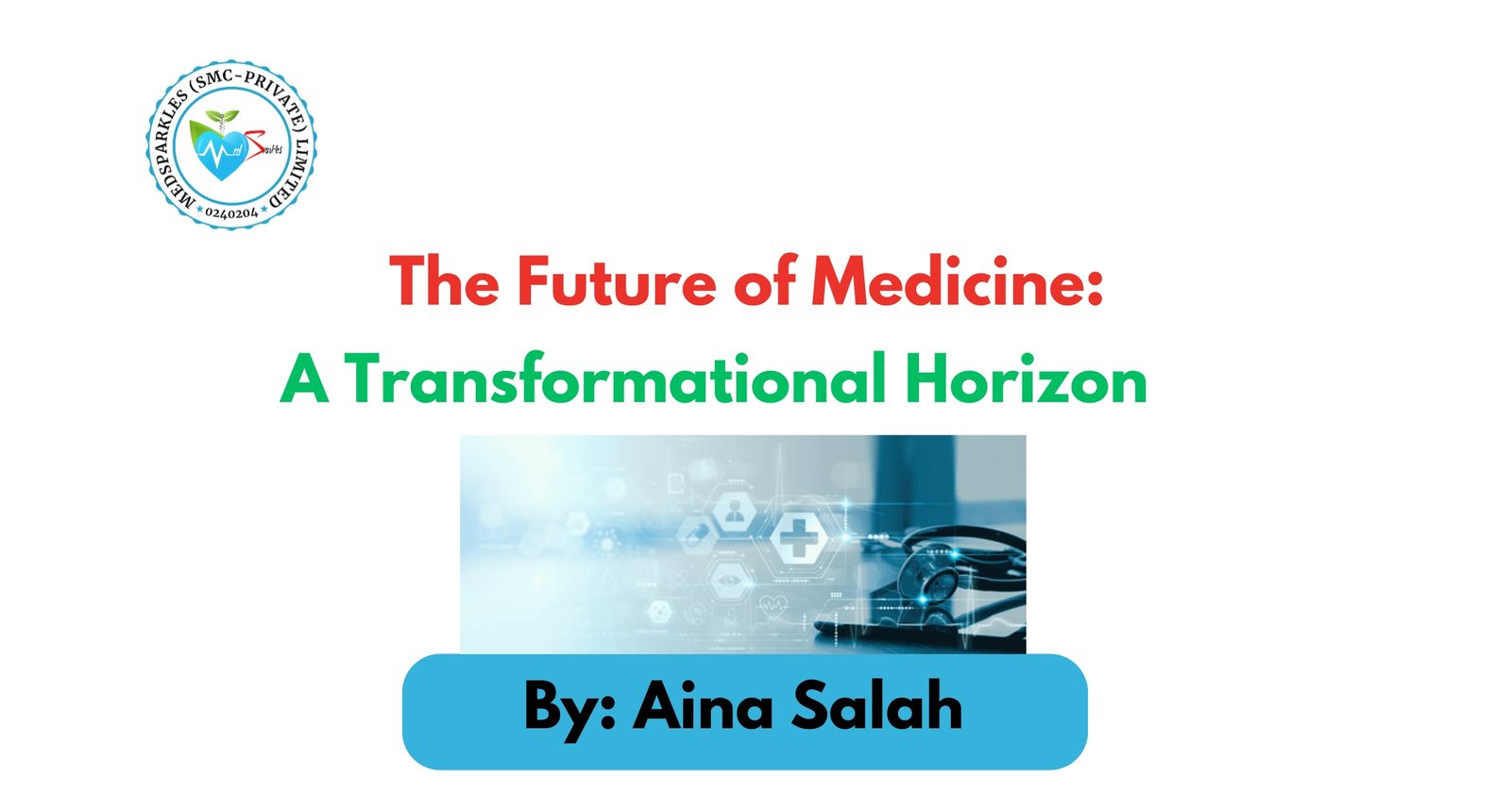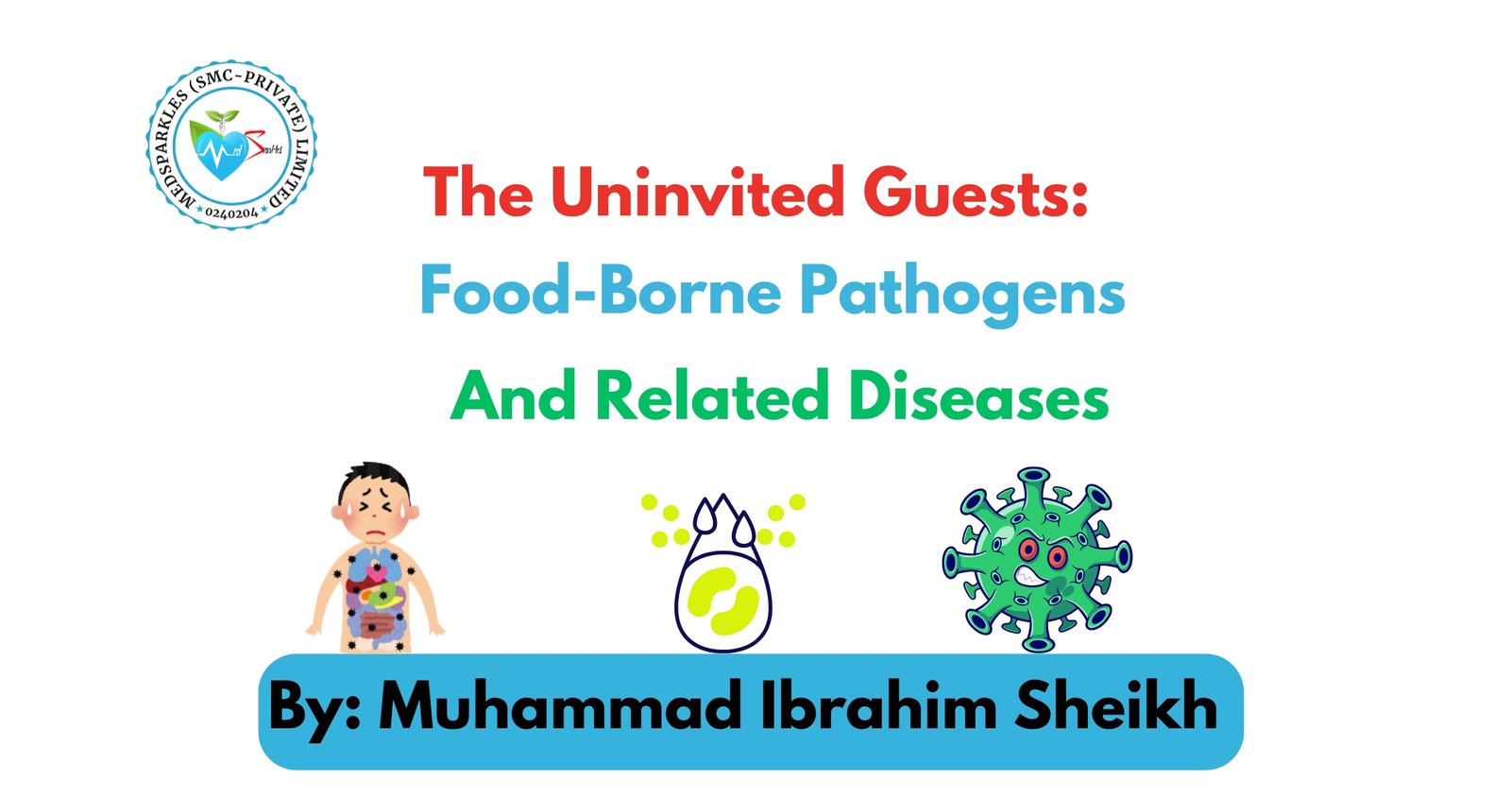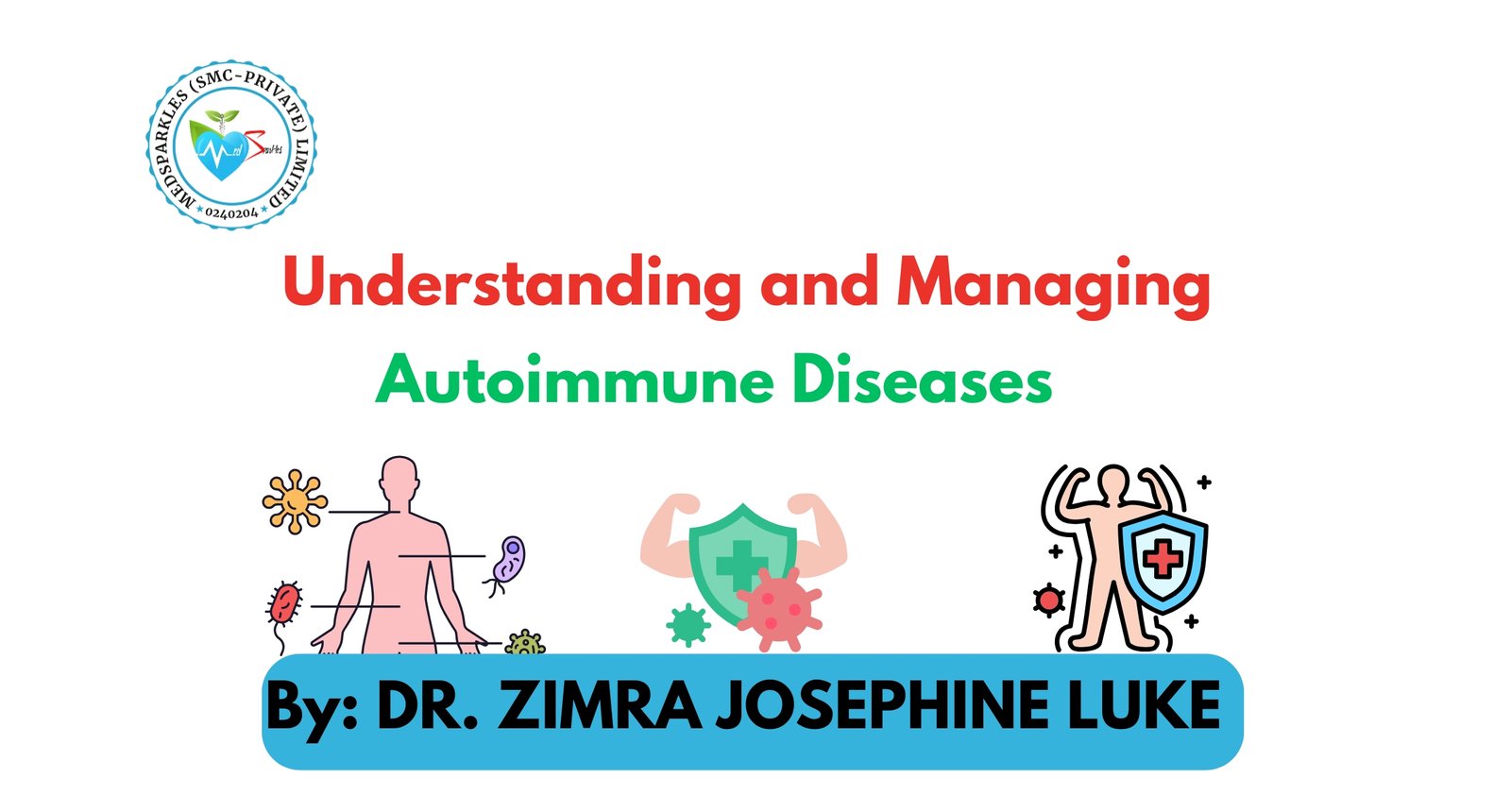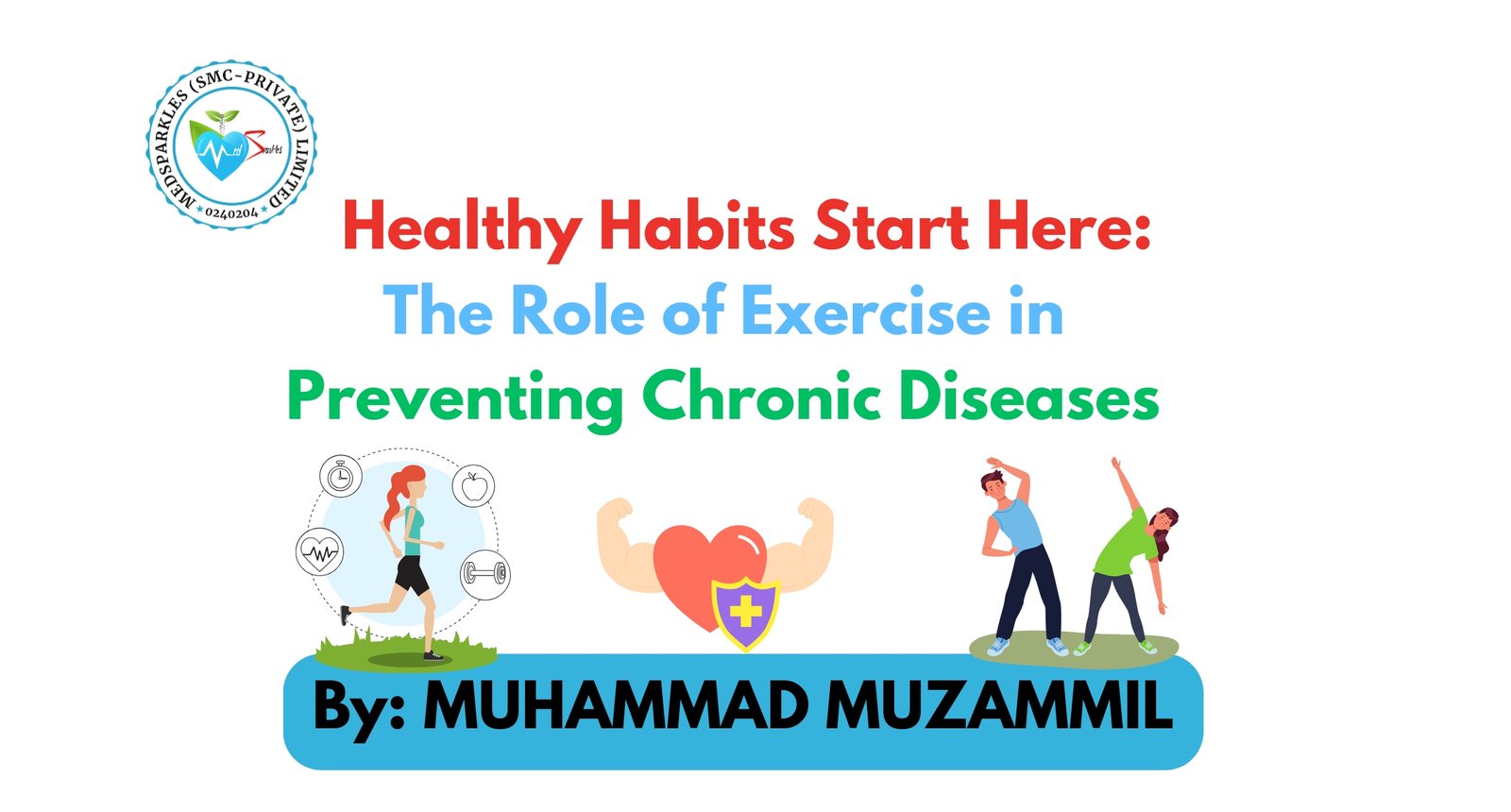Smog is a type of air pollution that has become a major environmental concern worldwide. The combination of smoke and fog, smog poses significant risks to human health, particularly respiratory health. In this article, we will explore the impact of smog on respiratory health, its causes, effects, and potential solutions.

What is Smog?
Smog is a type of air pollution caused by the interaction of sunlight, nitrogen oxides, volatile organic compounds (VOCs), and particulate matter (PM). These pollutants react to form ground-level ozone and fine particulate matter, which make up smog. Smog can be categorized into two types:
- Sulfurous smog: caused by sulfur dioxide emissions from fossil fuel combustion.
- Photochemical smog: formed when sunlight interacts with nitrogen oxides and VOCs.
Causes of Smog
The primary causes of smog include:
- Fossil fuel combustion: emissions from vehicles, power plants, and industrial processes.
- Industrial activities: chemical reactions, mining, and smelting.
- Agricultural activities: crop burning and livestock production.
- Urbanization: increased vehicle emissions and energy consumption.
Impact on Respiratory Health
Smog’s impact on respiratory health is substantial. Exposure to smog can lead to:
- Respiratory irritation: inflammation, coughing, and wheezing.
- Asthma exacerbation: increased symptoms and hospitalizations.
- Chronic obstructive pulmonary disease (COPD): accelerated progression.
- Lung cancer: increased risk.
- Cardiovascular disease: increased risk of heart attacks and strokes.
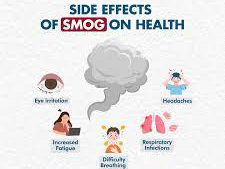
Mechanisms of Smog-Induced Respiratory Damage
Smog’s harmful effects on respiratory health are mediated through several mechanisms:
- Inflammation: particulate matter and ozone trigger inflammatory responses.
- Oxidative stress: reactive oxygen species damage lung tissue.
- Epithelial barrier disruption: smog components compromise lung epithelial integrity.
Certain groups are more susceptible to smog’s respiratory health impacts: - Children: developing lungs and increased exposure.
- Elderly: pre-existing respiratory conditions.
- Pregnant women: fetal development and maternal health.
- Individuals with pre-existing respiratory conditions: asthma, COPD, and lung disease.
Reducing Smog’s Impact on Respiratory Health
To mitigate smog’s effects, consider:
Medical Interventions:
- Bronchodilators: Medications to open airways.
- Corticosteroids: Anti-inflammatory medications.
- Oxygen therapy: Supplemental oxygen.
- Antibiotics: For bacterial infections.
- Pulmonary rehabilitation: Comprehensive programs.
Lifestyle Modifications:
- Avoid outdoor activities during peak smog hours.
- Wear masks (N95 or FFP3) when outdoors.
- Stay hydrated.
- Use air purifiers indoors.
- Exercise indoors.
- Quit smoking.
- Maintain a healthy diet.

Preventive Measures:
- Monitor air quality indexes.
- Avoid strenuous activities outdoors.
- Stay indoors during smog alerts.
- Use protective gear (masks, goggles).
- Plan outdoor activities during cleaner air periods.
Natural Remedies:
- Honey: Soothes coughs.
- Ginger: Anti-inflammatory properties.
- Turmeric: Anti-inflammatory properties.
- Steam inhalation: Relieves congestion.
- Yoga and breathing exercises: Improves lung function.
Long-Term Management:
- Regular health check-ups.
- Lung function tests.
- Medication adherence.
- Lifestyle modifications.
- Smoking cessation programs.
Emergency Response:
- Seek medical attention if experiencing:
- Severe difficulty in breathing.
- Chest pain.
- Wheezing.
- Coughing up blood.
- Call emergency services if symptoms worsen.
Respiratory Disorders Treatment Guidelines:
- Asthma: Global Initiative for Asthma (GINA) guidelines.
- COPD: Global Initiative for Chronic Obstructive Lung Disease (GOLD) guidelines.
- Lung cancer: National Comprehensive Cancer Network (NCCN) guidelines.
Consult a healthcare professional for personalized treatment plans.
Conclusion
Smog’s impact on respiratory health is a pressing concern. Understanding the causes, effects, and mechanisms of smog-induced respiratory damage is crucial for developing effective solutions. By reducing emissions, promoting public awareness, and implementing policies, we can mitigate smog’s harmful effects and protect respiratory health.
